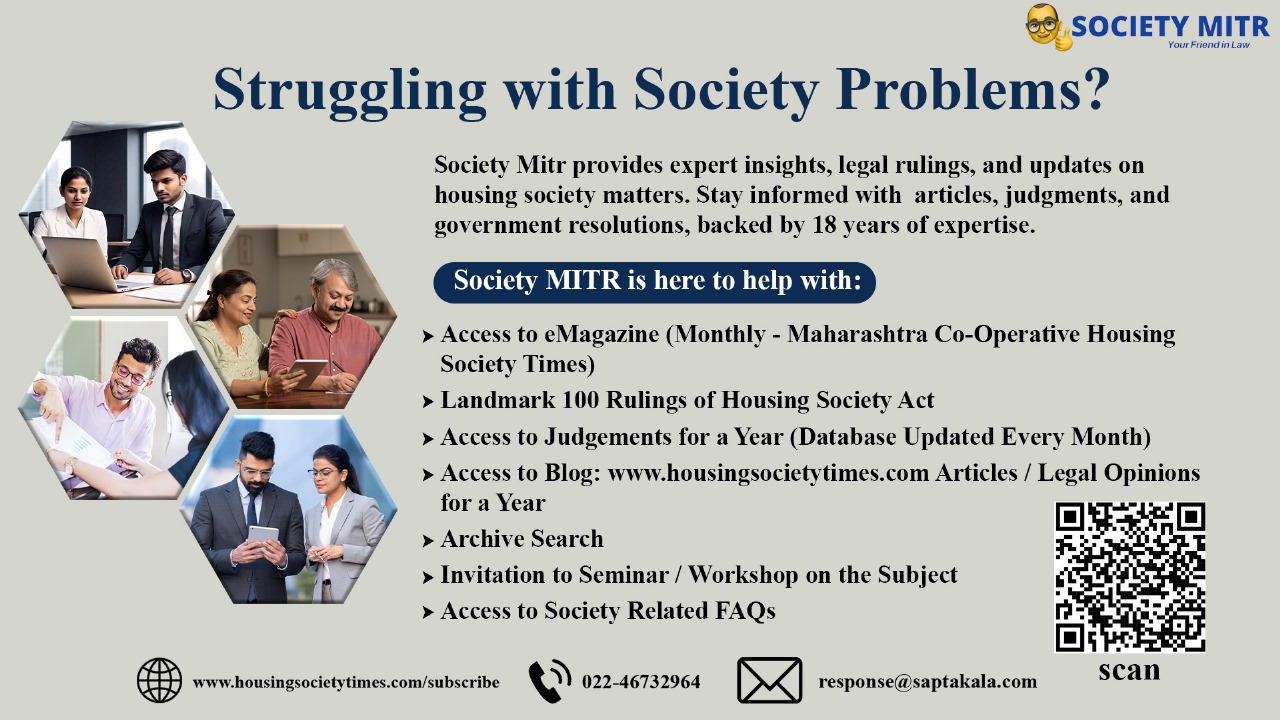The issue surrounding tenancy rights and their treatment under the Income Tax Act, particularly Section 50C, has recently gained attention due to a significant ruling by the Income Tax Appellate Tribunal (ITAT) in Mumbai. This article delves into the details of the case involving Mr. Abdul Aziz Abdul Kadar and how the tribunal’s interpretation could influence future tax matters related to capital assets.
Background of the Case
The appeal originated from Mr. Abdul Aziz Abdul Kadar against the Income Tax Department regarding the assessment year 2007-2008. The primary contention was whether the transfer of tenancy rights falls under the purview of Section 50C of the Income Tax Act. This section primarily deals with the taxation of profits from the transfer of capital assets classified as “land or building.”
The Legal Framework of Section 50C
Section 50C specifically provides that if a capital asset, such as land or building, is transferred and the sale consideration is less than the value assessed or adopted by the stamp valuation authority, the latter value prevails for taxation purposes. However, this provision only applies to assets classified explicitly as land or building.
The Tribunal’s Ruling
In its ruling, the tribunal acknowledged the argument that tenancy rights do not constitute “land or building.” As such, the tribunal determined that the provisions of Section 50C are not applicable to tenancy rights. The tribunal referenced several precedents, notably the cases of Smt. Kishori Sharad Gaitonde vs. ITO and Shri Atul G. Puranik vs. ITO, which support this interpretation by highlighting that both lease rights and tenancy rights are capital rights but do not fall within the definition specified by Section 50C.
The tribunal stated:
“The deemed provisions are not to be extended to items of capital assets which are not mentioned in section 50C of the Act.”
Consequently, this ruling dismissed the revenue’s appeal and upheld the position that tenancy rights are distinct from land and building, thereby exempting them from the section’s provisions.
Implications of the Ruling
This decision sets a significant precedent for how tenancy rights will be treated in the context of capital gains tax. Future cases involving similar transfers will likely reference this ruling, providing taxpayers with a clearer understanding of their tax obligations concerning tenancy rights. It reinforces the idea that not all capital assets are subject to the assumptions laid out in Section 50C, promoting a fairer tax strategy for individuals dealing with tenancy transactions.
Conclusion
The ITAT’s ruling in the case concerning Mr. Abdul Aziz Abdul Kadar marks a notable clarification regarding the application of Section 50C in the context of tenancy rights. By establishing that these rights do not fall under the definition of capital assets specified in the Act, the tribunal has opened avenues for taxpayers in similar situations to navigate their tax responsibilities more effectively.



